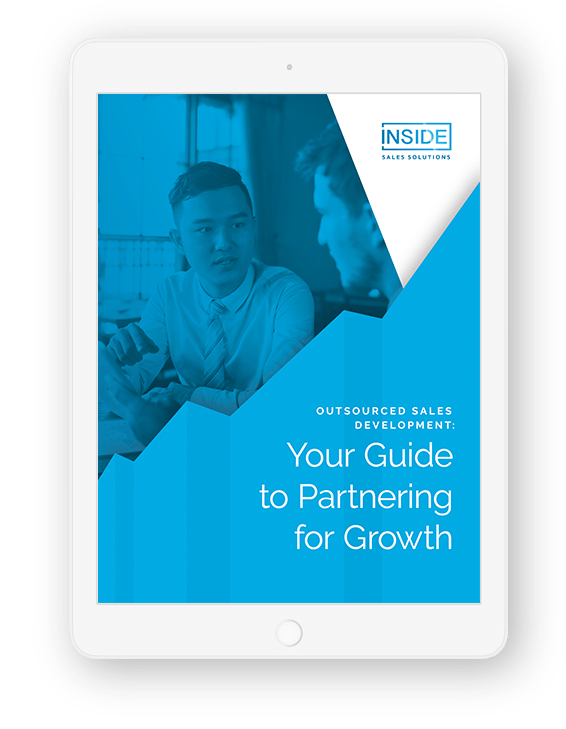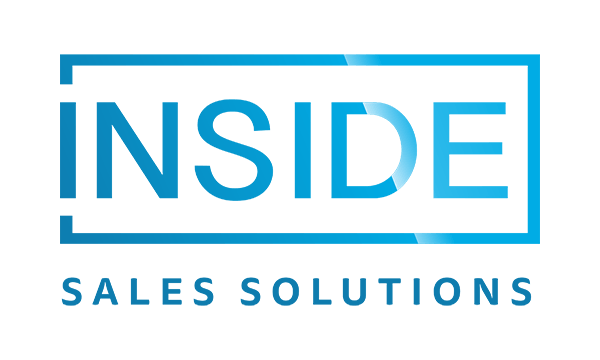BDR and SDR roles can have overlapping responsibilities at many companies, but how do you differentiate them, and why should you aim to separate them into distinct roles? Answering these questions gets even more difficult when you find that they often have conflicting definitions, and each company might have a different way to distinguish each.
Let’s start clearing up this confusion with the basics: BDR stands for business development representative, while SDR stands for sales development representative.
BDRs are responsible for generating new leads and developing relationships with potential customers, usually with a more creative approach to increasing sales. This may involve some market research to determine (and expand) the market. Most often, they focus on inbound leads, who already have some knowledge of your product.
SDRs, on the other hand, follow a more predefined process and are responsible for qualifying leads and scheduling appointments with potential customers. You can think of SDRs as the people responsible for outbound lead qualification, which includes educating the customer about your product.
The two positions often report to different people within an organization — BDRs usually report to marketing, while SDRs report to sales. There’s not necessarily a large skill gap between them, though oftentimes BDRs have a bit more experience and more knowledge of your solution.
However, the differences between BDRs and SDRs don’t stop here. While the exact responsibilities of BDR/SDR representatives will vary between organizations (there may be no difference between the roles at smaller companies), many things remain consistent. For instance, SDR is used as a kind of catch-all term in most organizations that don’t have formal units dedicated to multiple top-of-funnel efforts. BDR roles usually develop as a distinct role when a company grows larger.
Let’s take a closer look at each role, and compare the approaches they take.
Get the Ultimate Guide to Maximizing Channel Sales
What does a Business Development Representative (BDR) do?
The role of a business development representative (BDR) is primarily to qualify and develop stronger relationships with inbound leads. In other words, converting inbound marketing-qualified leads (MQLs) into sales-qualified leads (SQLs) for account executives to close.
To do this, they often conduct needs analysis conversations, and provide information about products or services that may be of interest. The inbound leads they handle often come through the company website, or have otherwise reached out to the company through lead forms, chat features, etc.
Since BDR sales responsibilities are broader than SDR responsibilities, they will generally have to have a better understanding of your sales process, solutions, and can more deeply qualify potential buyers.
The BDR role often has a broader, more discovery-oriented scope than SDRs, and may even include finding new sources of leads and business opportunities.
What does a Sales Development Representative (SDR) do?
While ‘SDR’ is sometimes used as a catch-all term, the role of a sales development representative (SDR) is usually to generate and qualify leads using an outbound approach. Their most common goal is to get potential customers to schedule appointments with account executives.
The SDR role is narrower in scope and focuses more on penetrating net new accounts for the sales team (either by broad stroke large target lists or hyper-focused ABM target lists). When both leads are distinct within an organization, SDRs are exclusively responsible for outbound efforts with net-new target accounts.
Sales development is systematic, continuously reaching out to large numbers of prospects, determining which ones have some potential to close, and piquing their interest in the company’s solutions. Unlike BDRs, SDRs often aren’t as involved in the full discovery process or detailed discussions about products and services. As such, they’ll often spend less time with each lead and work with a larger volume of prospects.
SDR/BDR compared
To get a better sense for how SDRs and BDRs differ, take a look at some of the key differences between their roles.

Why should BDR/SDR roles be separate?
Companies with a defined and formalized sales process perform better than those who don’t. This is partly due to the level of specialization these distinct roles allow for: BDR and SDR roles often attract slightly different personality types, allowing each to play to their strengths. Hybrid roles can be necessary at first, but they tend to be less efficient and have a worse ratio of cost to benefit for the company.
When separating the roles, it’s essential to play to the strengths of each. In most cases, an SDR may only get 5 minutes or less with a prospect to make a great first impression, deliver the high-level value prop and qualify to some extent. We advise teams using SDRs to qualify for soft BANT criteria as a standard, which covers the “A” (Authority) and the ‘N” (Need or Interest) of BANT.
This is really all SDRs have time to do at their stage in the process. Having them go too much further than this can cause problems, as it will force them to have conversations further into the sales process. This takes away the sales team’s ability to build value before the pricing or technical conversations come into the mix.
BDRs will typically have much more time with prospects, as the lead sources they are working from will generally have some knowledge of what the company does already. As a result, BDRs will often have more time with prospects to further qualify and deliver value.
We typically advise to have BDRs focused on the “B” (Budget) and “T” (Timeline) parts of BANT as the Authority and Need/Interest are already shown via the lead source (e.g. they downloaded an asset, requested a demo, visited your booth, and they want to see what you do).
One of the more common challenges sales orgs will have is when they try to get their SDRs to qualify leads as deeply as their BDRs do. This will rarely produce the results you’re looking for, and the nature of the next step in the process will seem out of place from a prospect’s point of view.
Imagine you receive a cold call for example, and the rep says “Hi FirstName, I’m with company ABC and we do XYZ. Based on what I’ve shared, what’s your budget for this technology?” Now, this is of course an extreme example, but this actually happens all the time (or at least that’s how your prospects perceive it).
The line between BDRs and SDRs can (and does) get blurry quickly. Your sales team will be getting fed contacts from both, so they should be familiar with how deep each unit can really go with prospects.
Why companies tend to consider outsourcing SDR/BDR roles
Often due to smaller company size or budget (especially during an economic downturn), companies aren’t able to build out a formalized process with SDRs and BDRs working on separate, complementary efforts like this.
This is why many companies will outsource sales development to a third party, avoiding the added costs of training, benefits, commission, tech stack subscriptions, and management. It usually makes sense to outsource SDR efforts if choosing between the two, since this is easier to quickly create repeatable processes for.
That said, outsourced BDRs typically get up to speed faster than internal new hires. We previously discussed this and other common questions in our article on FAQs for outsourced BDR.
Outsourcing any of these functions (SDR, BDR, Hybrid) will be your quickest path to productivity as the tools, data, processes, people, messaging, and overall mechanics to be successful have been proven out.
If you are looking for an agency to support these types of initiatives, make sure they have referenceable customers who have already gone to where you’re looking to go (e.g. in your industry, focused on your target personas, selling a similar product or service, at your level of maturity, etc.).
If you’d like to learn more about whether outsourcing sales roles is right for your organization, check out our free guide to outsourcing sales development.
Considering Outsourced Sales Development?
Don't make your decision until you read our guide to creating a successful partnership for growth.


